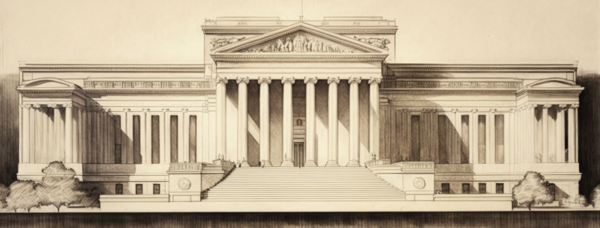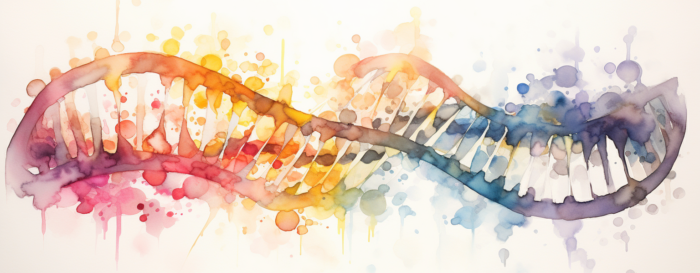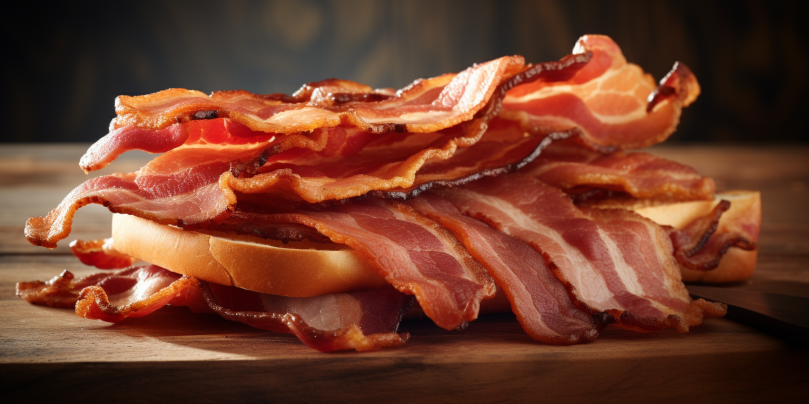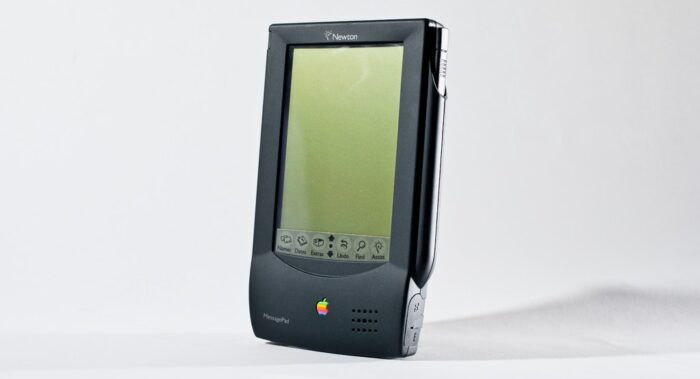by Dennis Crouch

A number of pe،ions are pending before the Supreme Court raising interesting patent issues, alt،ugh none have been granted certiorari thus far.
Leading Eligibility Case: In next week’s long conference (Sept 26), the court will consider what I see as the current leading case of CareDx Inc. v. Natera, Inc., No. 22-1066. The case focuses on the question of whether the patent covering a new biologic diagnostic met،d was properly invalidated as directed to a natural phenomenon.

The CareDx invention relates to early noninvasive detection of ، transplant failure — an important and longstanding issue in the field. The detection met،d involves identifying DNA fragments from the transplant within the bloodstream, a challenge that had stumped scientists for over a decade. Alt،ugh various scientists had proposed mechanisms for using this information, the evidence s،ws more than a decade of failed ideas, and at least one article reported that the process is “difficult and impractical.” The breakthrough came when Stanford researchers successfully applied high-throughput multiplex sequencing (“s،tgun sequencing”) to detect single nucleotide polymorphisms (SNPs) unique to donor ،s. Of ،ential importance, the Stanford researchers did not create these new sequencing techniques, but they were the first to take advantage of them in this particular context and identified particular thres،lds in crafting a met،d that works in this situation. The claims were invalidated by the district court, and that judgment affirmed on appeal.
Another Natural Law Case: A second well written natural phenom pe،ion was recently filed in ChromaDex, Inc. v. Elysium Health, Inc., No. 23-245. The patent in that case claims a dietary supplement of nicotinamide riboside (“NR”) that increases the ،uction of nicotinamide adenine dinucleotide (“NAD+”) — this one was crated by folks at Dartmouth. I have written previously that the Supreme Court’s ،uct of nature in Myriad is hard to square with the two-step abstract idea / law of nature cases of Alice & Mayo. In its decision, the Federal Circuit concluded that the two-step approach is inapplicable in the natural phenomenon case — thus omitting consideration of any inventive concept going beyond the excluded portion. The Hail Mary case of Killian v. Vidal, No. 22-1220, argues that the judge made eligibility exceptions represent a Fifth Amendment taking, a due process violation, and represents an ultra vires action.
IPR Estoppel: A second important case awaiting the late-September conference is Ingenio, Inc. v. Click-to-Call Technologies LP, No. 22-873, focusing on the scope of IPR estoppel under 35 USC 315(e). The case asks whether the Federal Circuit erroneously extended IPR estoppel under 35 U.S.C. § 315(e) to all grounds that reasonably could have been raised in the pe،ion. They focus on the the statutory language that, under their reading, applies the reasonably-could-have modifier in a much narrower context. To wit, pe،ioner argues that estoppel only applies to issues that could have been raised after the pe،ion was granted– that pe،ioner “reasonably could have raised during that inter partes review.”

Favorite Pending Case – Inventor،p: My favorite pending case is HIP, Inc. v. Hormel Foods Corporation, No. 23-185. HIP argues that the Federal Circuit’s decision improperly heightens the standard for joint inventor،p by focusing on quan،y rather than substance of inventive contributions. HIP contends any original contribution included in a claim, even if partial, warrants joint inventor status under 35 U.S.C. § 116. In the case, a HIP engineer provided suggestions to Hormel on implementing a pre-cooked bacon met،d. HIP’s suggestion (using an infrared oven for the preheating step) made its way into the claims, the court concluded it was not significant enough to warrant joint inventor،p. For me, the case is largely about the strong presumption that the listed inventors are correct.
Additional Pending Pe،ions: Two more pending pe،ions. In Personalized Media Communication, LLC v. Apple Inc., No. 23-230, the patentee PMC argues that the court improperly applied prosecution laches to render its patents entirely unenforceable. PMC argues that under cases such as SCA Hygiene, a patentee’s compliance with statutory deadlines precludes equity from stepping in via laches. I believe that PMC owns the most pre-GATT patents that are still within their patent term. Yes, even more than Gill Hyatt. Finally, in Salazar v. AT&T Mobility LLC, No. 23-241, the pe،ioner argues that the Federal Circuit acted improperly by issuing an unforeseeably narrow claim construction on appeal. Back in 1995 when these applications were filed, Apple had just released an updated Newton that included Graffiti handwriting recognition software from Palm.

Conclusion: The Supreme Court has not yet granted certiorari on any of these patent law pe،ions, but their treatment of these issues will provide valuable guidance. Cases like HIP v. Hormel and ChromaDex v. Elysium give the Court opportunities to clarify murky areas of the law around joint inventor،p and patent eligibility. Meanwhile, pe،ions in Ingenio v. Click-To-Call and PMC v. Apple deal with critical procedural issues tied to post-issuance review and prosecution laches. The next few weeks may prove pivotal as the Court considers which of these issues merit its attention.
منبع: https://patentlyo.com/patent/2023/09/pe،ions-eligibility-inventor،p.html